Home>Garden Essentials>How Many Acres Does A Bag Of Seed Corn Plant
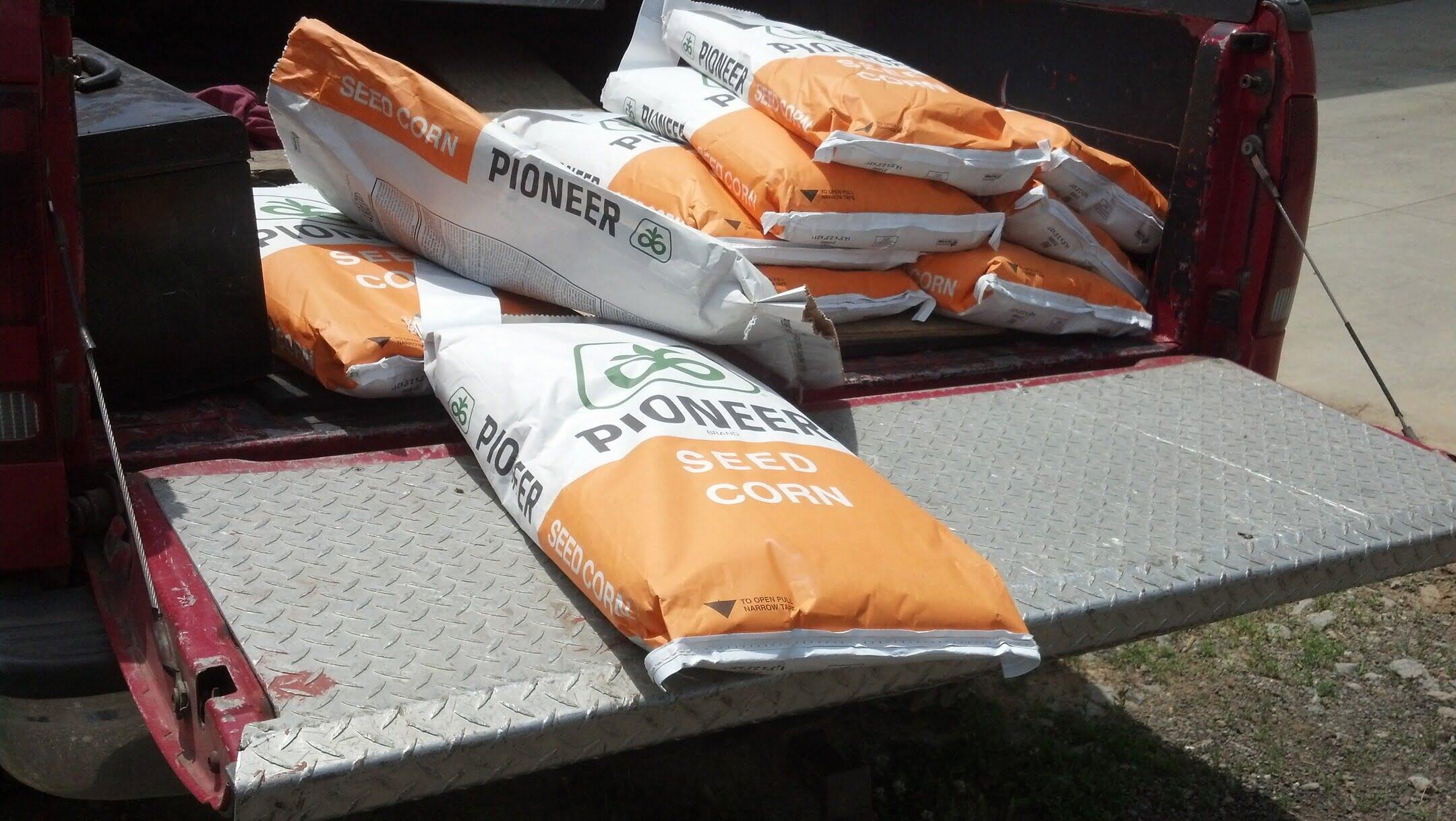

Garden Essentials
How Many Acres Does A Bag Of Seed Corn Plant
Modified: March 24, 2024
Discover how many acres a bag of seed corn can plant in your garden and maximize your planting potential.
(Many of the links in this article redirect to a specific reviewed product. Your purchase of these products through affiliate links helps to generate commission for Storables.com, at no extra cost. Learn more)
Introduction
Welcome to our comprehensive guide on seed corn planting and the number of acres a bag of seed corn can cover. If you’re a gardener or farmer looking to optimize your planting density and make the most of your seed corn supply, then you’ve come to the right place!
Seed corn is a specialized type of corn used for planting rather than consumption. It is specially bred to produce high-quality corn plants with desirable traits such as disease resistance, high yields, and uniformity. To ensure optimal growth and productivity, it is essential to understand the factors that affect planting density and how to calculate the number of acres a bag of seed corn can cover.
In this article, we will delve into the key factors that influence planting density, such as plant spacing, row spacing, and seed germination rates. We will also walk you through the calculations needed to determine how many acres a bag of seed corn can plant.
Are you ready to dive into the world of seed corn planting? Let’s get started!
Key Takeaways:
- Planting density for seed corn is influenced by factors like plant spacing, row spacing, and seed germination rate. Understanding these factors helps farmers optimize their planting strategy for higher yields.
- Calculating the number of seed bags needed for a specific planting area involves considering factors like plant spacing, average seed count per bag, and field efficiency. This ensures farmers have the right amount of seed corn for their acreage.
Read more: How Many Seeds Per Acre For Corn
Understanding Seed Corn
Before we delve into the intricacies of seed corn planting, let’s first understand the basics of seed corn itself. Seed corn, as mentioned earlier, is not meant for consumption but for planting. This specialized type of corn is carefully bred to ensure optimal growth and yield.
Seed companies invest significant time and resources in developing seed corn hybrids that exhibit specific traits. These traits may include resistance to diseases, tolerance to environmental conditions, improved yields, and enhanced nutritional value. Different hybrids are created to suit various climatic and soil conditions, ensuring that farmers have access to the most suitable seed corn for their specific needs.
Seed corn production involves isolating the male and female corn plants to prevent cross-pollination from other varieties. This meticulous process ensures that the resulting seeds maintain the desired traits of the parent plants, maintaining the integrity of the hybrid.
When it comes to purchasing seed corn, it is essential to consider factors such as seed variety, maturity, and trait packages. Different hybrids have varying performance characteristics, including days to maturity, drought tolerance, disease resistance, and overall vigor. Farmers typically select hybrids based on their specific requirements and the prevailing growing conditions in their region.
Now that we have a basic understanding of seed corn, let’s explore the factors that influence planting density and ultimately determine how many acres can be covered by a bag of seed corn.
Factors Affecting Planting Density
Planting density refers to the number of plants per unit of area, typically measured in terms of plants per acre. The optimal planting density for seed corn depends on several factors that influence plant growth, yield, and overall productivity. Let’s take a closer look at these factors:
- Plant Spacing: The distance between individual plants within a row is crucial for providing enough space for each plant to grow and develop properly. Plant spacing directly affects the amount of sunlight, nutrients, and water available to each plant. Adequate spacing helps prevent overcrowding and competition, ensuring optimal growth and higher yields.
- Row Spacing: The distance between rows of seed corn is equally important for achieving optimal planting density. Row spacing affects light interception, airflow, and overall plant health. It is crucial to consider the equipment used for cultivation and the availability of resources when deciding the ideal row spacing for your seed corn crop.
- Seed Germination Rate: The germination rate of seed corn is a crucial factor in determining planting density. Germination rate refers to the percentage of viable seeds that successfully sprout and develop into healthy seedlings. High germination rates ensure reliable plant establishment and a higher number of plants per acre.
- Environmental Conditions: Environmental factors, such as soil type, climate, and geographical location, play a significant role in determining planting density. Soil fertility and moisture levels, as well as temperature and sunlight availability, directly influence plant growth and development. Understanding the specific requirements of your seed corn hybrid in relation to environmental conditions is crucial for achieving optimal planting density.
By considering these factors and making informed decisions, farmers and gardeners can optimize planting density to maximize the potential of their seed corn crop and achieve higher yields.
Calculating Planting Density per Acre
To determine the planting density per acre for your seed corn crop, you need to consider the plant spacing, row spacing, and the number of seeds per row. Here’s a step-by-step guide to help you calculate the planting density:
- Plant Spacing: Determine the desired spacing between individual plants in a row. This can vary depending on the specific seed corn hybrid and growing conditions. Typical spacing ranges from 8 to 12 inches, but it’s best to consult the seed company’s recommendations or local agricultural extension services to determine the ideal plant spacing for your crop.
- Row Spacing: Decide on the appropriate distance between rows. Common row spacing options for seed corn range from 30 to 40 inches, but again, it’s crucial to consider the recommendations based on the specific hybrid and equipment available.
- Number of Rows: Determine the number of rows you’ll plant per acre. This will depend on the row spacing and the overall field size. For example, with a row spacing of 30 inches, you would need approximately 14 rows per acre, whereas with a row spacing of 40 inches, you would require around 10 rows per acre.
- Number of Seeds per Row: Consult the seed company’s recommendations or the seed bag label to determine the average number of seeds you should plant per row. The number of seeds can vary depending on the specific hybrid and desired planting density.
- Calculating Planting Density: Multiply the number of rows per acre by the number of seeds per row. For example, if you have 14 rows per acre and plant 32 seeds per row, your planting density would be 448 seeds per acre.
By carefully considering these factors and performing the necessary calculations, you can achieve the optimal planting density for your seed corn crop and maximize its potential for high yields.
A bag of seed corn typically plants around 2.5 to 3 acres, but this can vary depending on the seed density and planting method used. Always refer to the specific recommendations from the seed provider for best results.
Average Number of Seeds per Bag
The average number of seeds per bag of seed corn can vary depending on several factors, including the seed company, hybrid, seed size, and packaging. Typically, a bag of seed corn contains a specified weight of seeds, measured in units such as pounds or kilograms. The number of seeds within the bag depends on the size and weight of the individual seeds.
Seed companies often provide information regarding the average seed count per bag on the packaging or product labels. It’s important to note that the number of seeds per bag can vary between different seed corn hybrids and seed sizes.
For example, a bag of seed corn might contain approximately 80,000 to 120,000 seeds, depending on the hybrid and seed size. Larger seeds generally have fewer seeds per bag compared to smaller seeds because they take up more space and have a higher weight per seed.
If you’re unsure about the exact number of seeds per bag for a specific hybrid, it is best to consult with the seed company or refer to the product information provided.
Knowing the average number of seeds per bag is crucial in determining the amount of seed needed to cover a specific area or number of acres. By combining this information with the calculations for planting density per acre, as mentioned previously, you can effectively plan and optimize your seed corn planting strategy.
Remember, seed corn should be handled with care and stored in a cool, dry place to maintain seed quality and viability. Always follow the instructions and recommendations provided by the seed company to ensure maximum germination and overall crop performance.
Read more: How Many Seeds In A Bag Of Corn
Converting Seed Bags to Acres
Converting the number of seed bags to acres is an essential step in determining the quantity of seed corn needed for your desired planting area. The process involves calculating the number of bags required based on the planting density per acre.
Here’s how you can convert seed bags to acres:
- Determine Planting Density: Use the calculations mentioned earlier to determine the planting density per acre. This involves considering factors such as plant spacing, row spacing, and the number of seeds per row to calculate the number of seeds needed per acre.
- Obtain the Average Number of Seeds per Bag: Refer to the information provided by the seed company to determine the average number of seeds per bag. This value will vary depending on the hybrid, seed size, and packaging.
- Calculate the Bags Needed: Divide the number of seeds needed per acre by the average number of seeds per bag. For example, if you require 350,000 seeds per acre, and the average number of seeds per bag is 80,000, then you would need approximately 4.375 bags per acre (350,000 ÷ 80,000).
- Adjust for Field Efficiency: Depending on the accuracy of your planting equipment and other field conditions, you may need to factor in a percentage for field efficiency. Field efficiency accounts for potential issues such as skips or double-planting and ensures that you have enough seed to cover the intended acreage without falling short.
- Calculate Total Bags: Multiply the number of bags per acre (adjusted for field efficiency) by the total number of acres you intend to plant. This will give you the total number of seed bags required for your entire planting area.
By accurately converting seed bags to acres, you can ensure that you have the correct amount of seed corn to optimize your planting density and achieve desirable yields. It’s always advisable to account for any potential variations and consult with the seed company or agricultural experts to fine-tune your calculations for your specific circumstances.
Conclusion
In conclusion, understanding seed corn planting and the number of acres a bag of seed corn can cover is crucial for maximizing the potential of your crop. By considering factors such as plant spacing, row spacing, seed germination rate, and environmental conditions, you can determine the optimal planting density per acre.
Calculating the planting density involves carefully assessing the desired plant and row spacing, as well as determining the average number of seeds per row. This allows you to achieve the ideal balance between plant growth, resource availability, and overall productivity.
Knowing the average number of seeds per bag is essential in planning and estimating the quantity of seed corn required for your planting area. The number of seeds can vary depending on the specific hybrid, seed size, and packaging. Consulting the seed company or referring to product information will provide accurate details regarding the number of seeds per bag.
Additionally, converting seed bags to acres enables you to determine the total number of bags needed for your entire planting area, taking into account factors such as field efficiency. This ensures that you have an adequate supply of seed corn to cover your intended acreage without falling short.
By optimizing planting density and accurately determining the quantity of seed corn required, you can enhance the chances of a successful and productive crop. Remember to consult with seed companies, agricultural experts, or local agricultural extension services for specific recommendations and guidance based on your unique growing conditions.
So, whether you’re a farmer preparing for the planting season or a gardener looking to optimize your corn crop, implementing the knowledge gained from this guide will help you make informed decisions and achieve the best possible results in your seed corn planting endeavors.
Frequently Asked Questions about How Many Acres Does A Bag Of Seed Corn Plant
Was this page helpful?
At Storables.com, we guarantee accurate and reliable information. Our content, validated by Expert Board Contributors, is crafted following stringent Editorial Policies. We're committed to providing you with well-researched, expert-backed insights for all your informational needs.
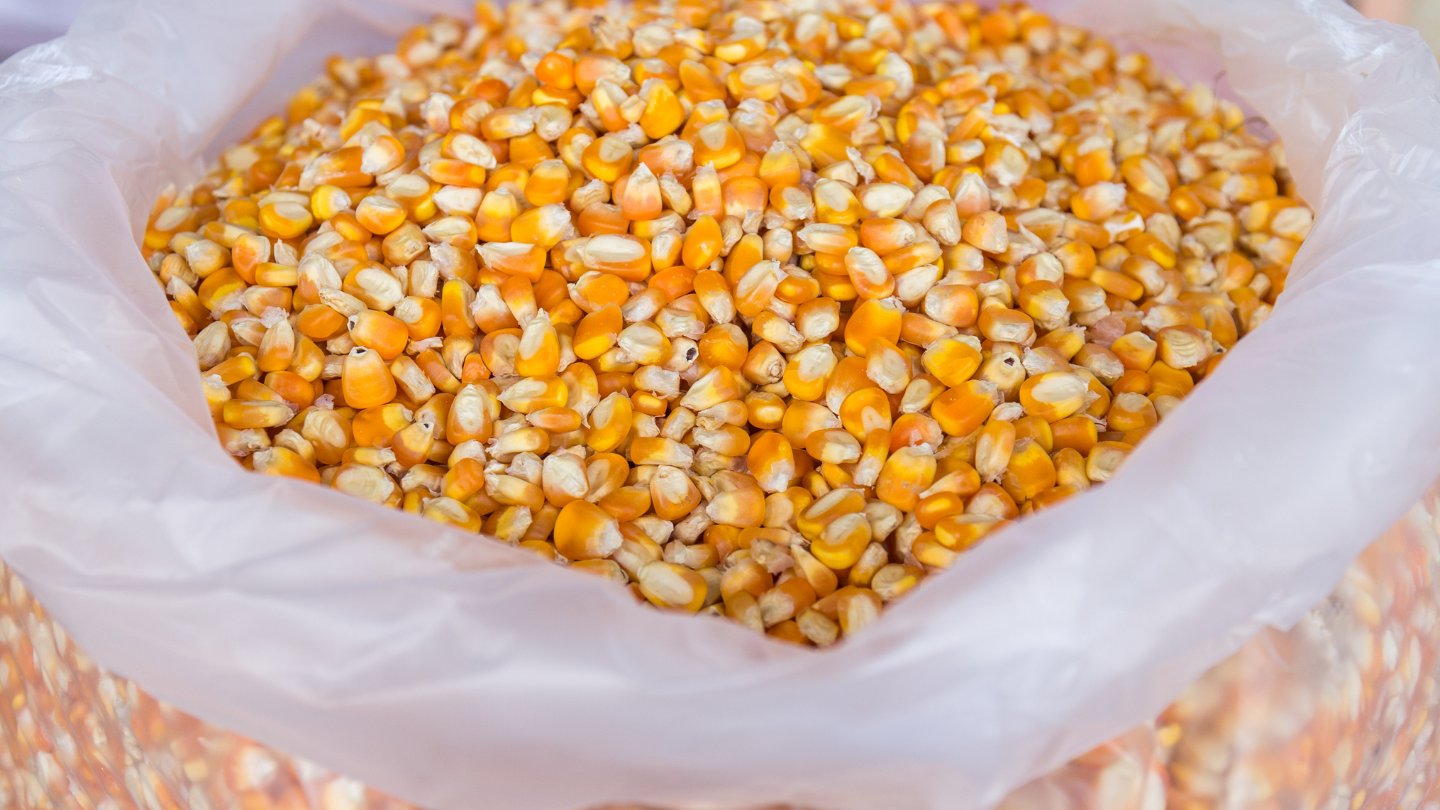
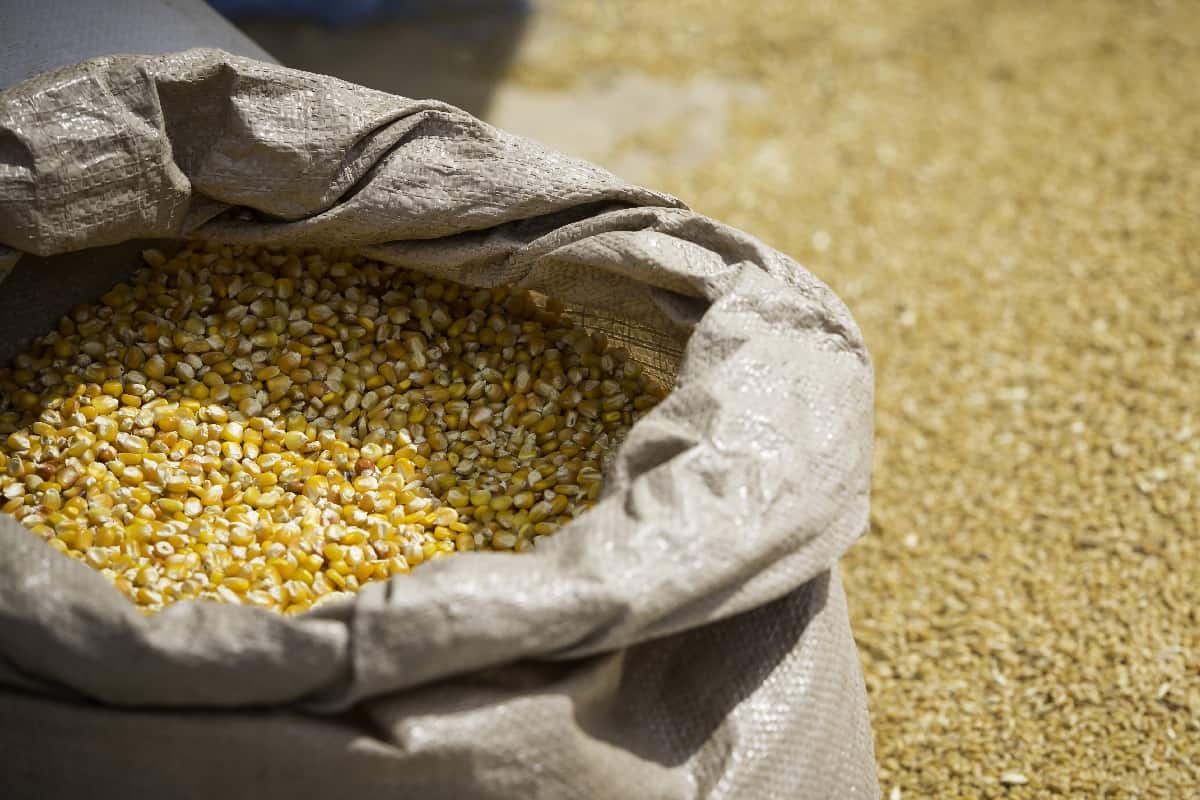
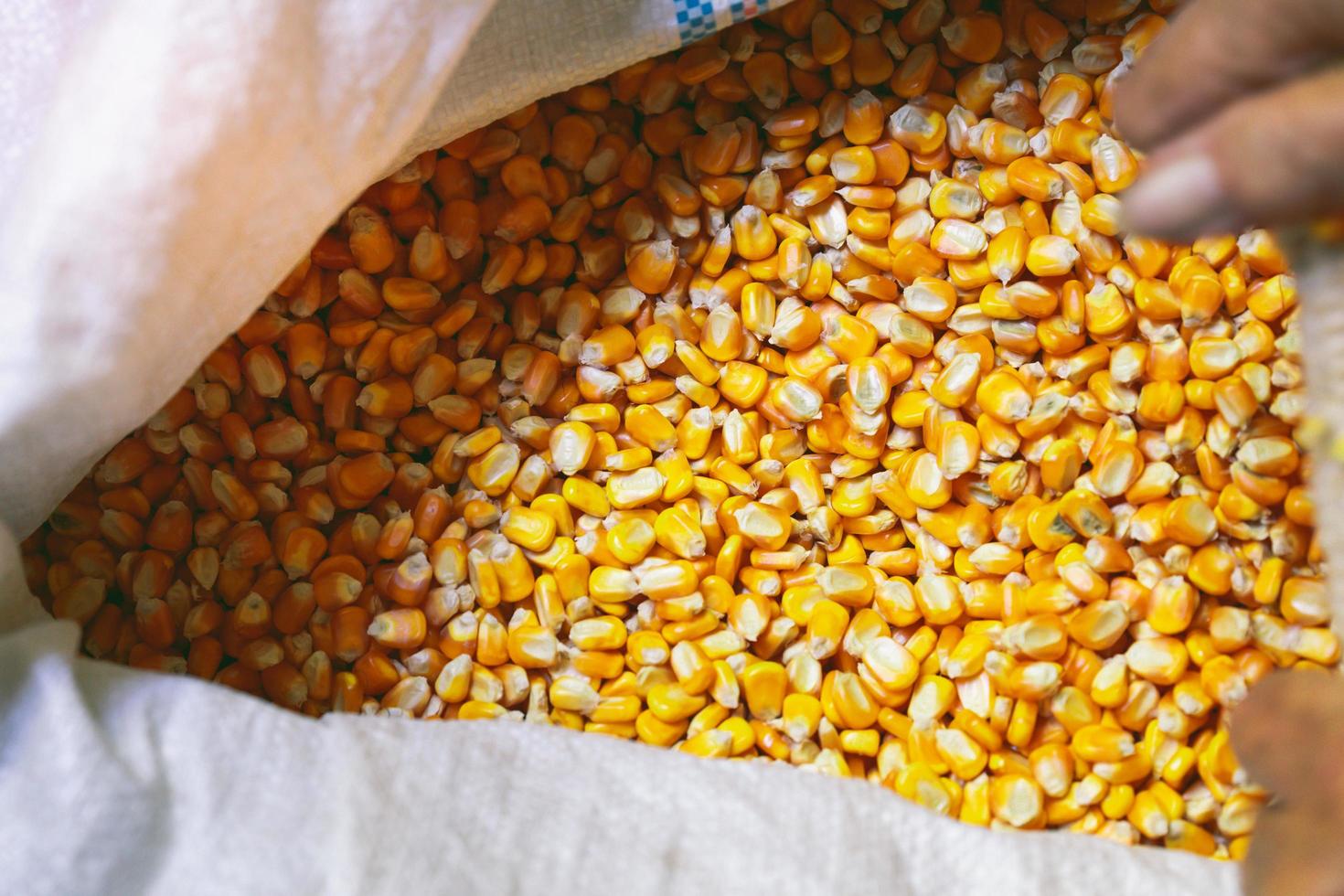
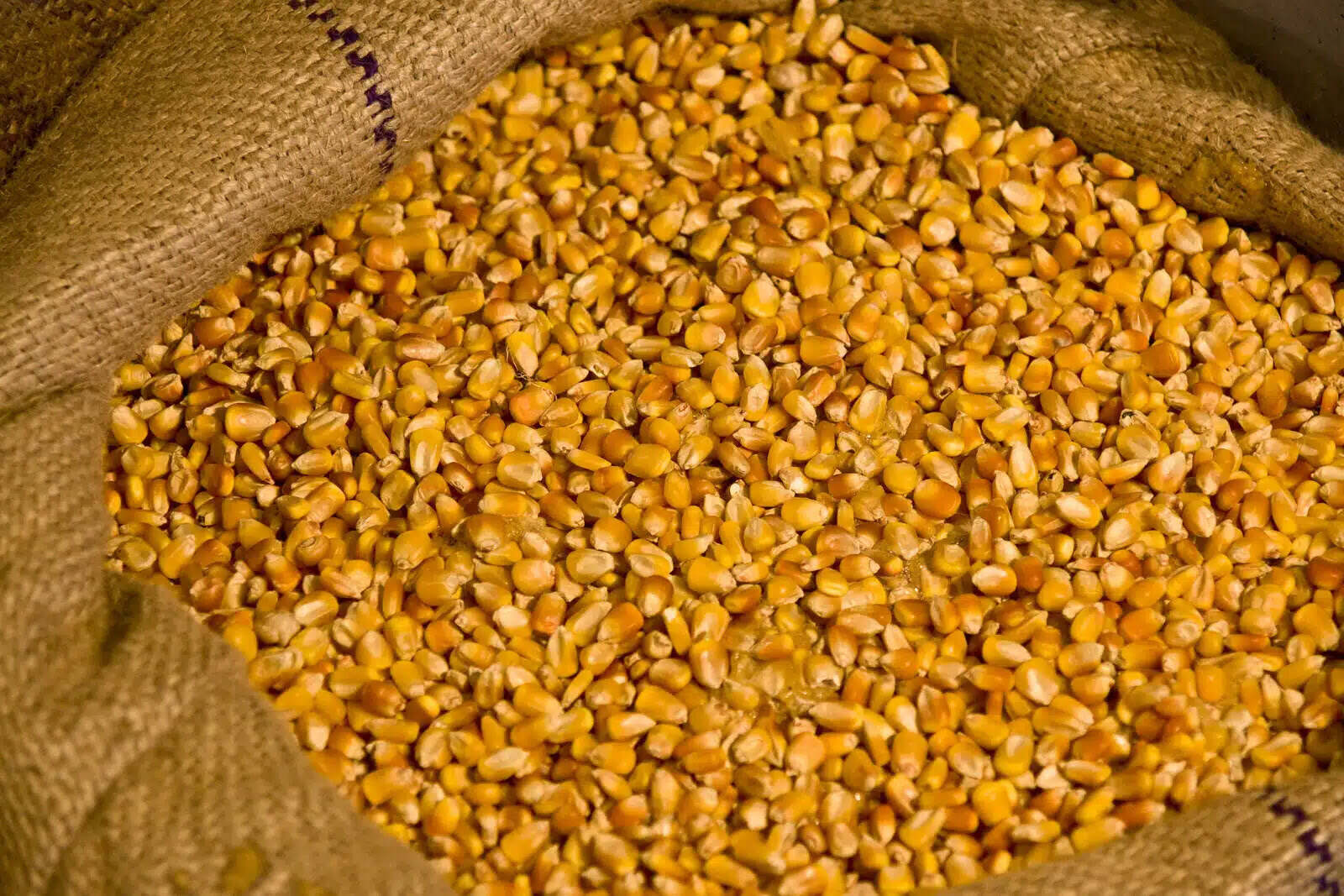
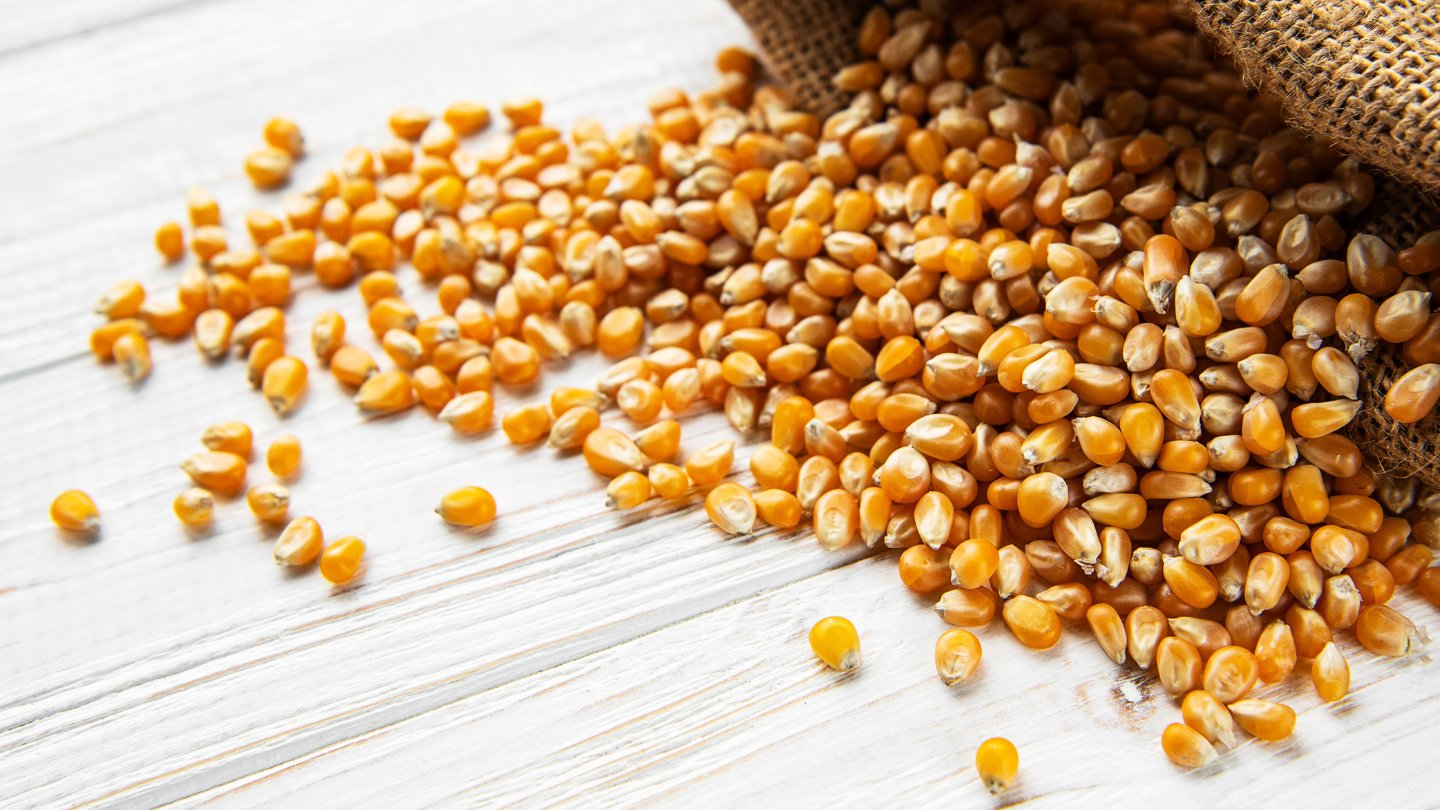
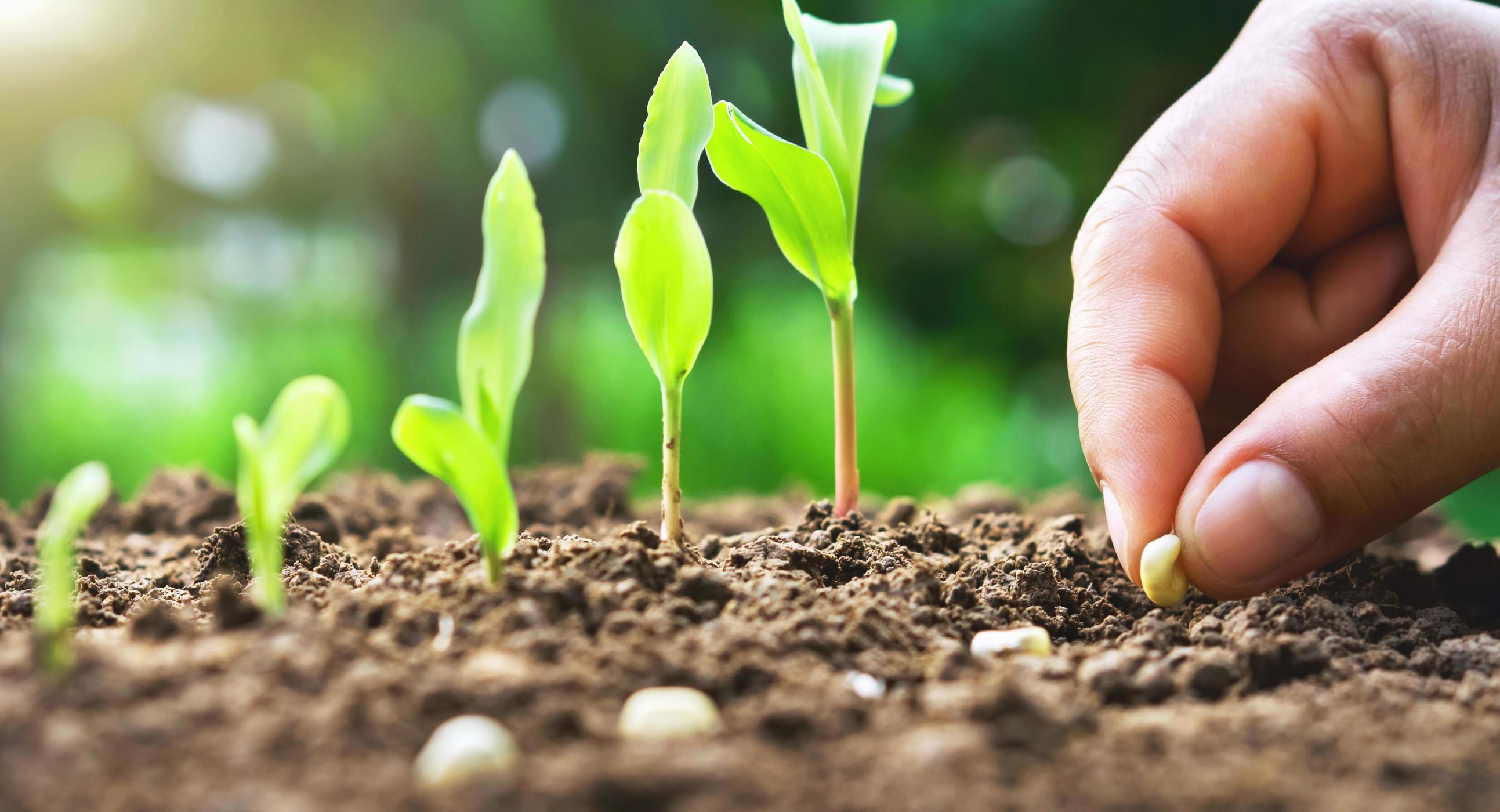
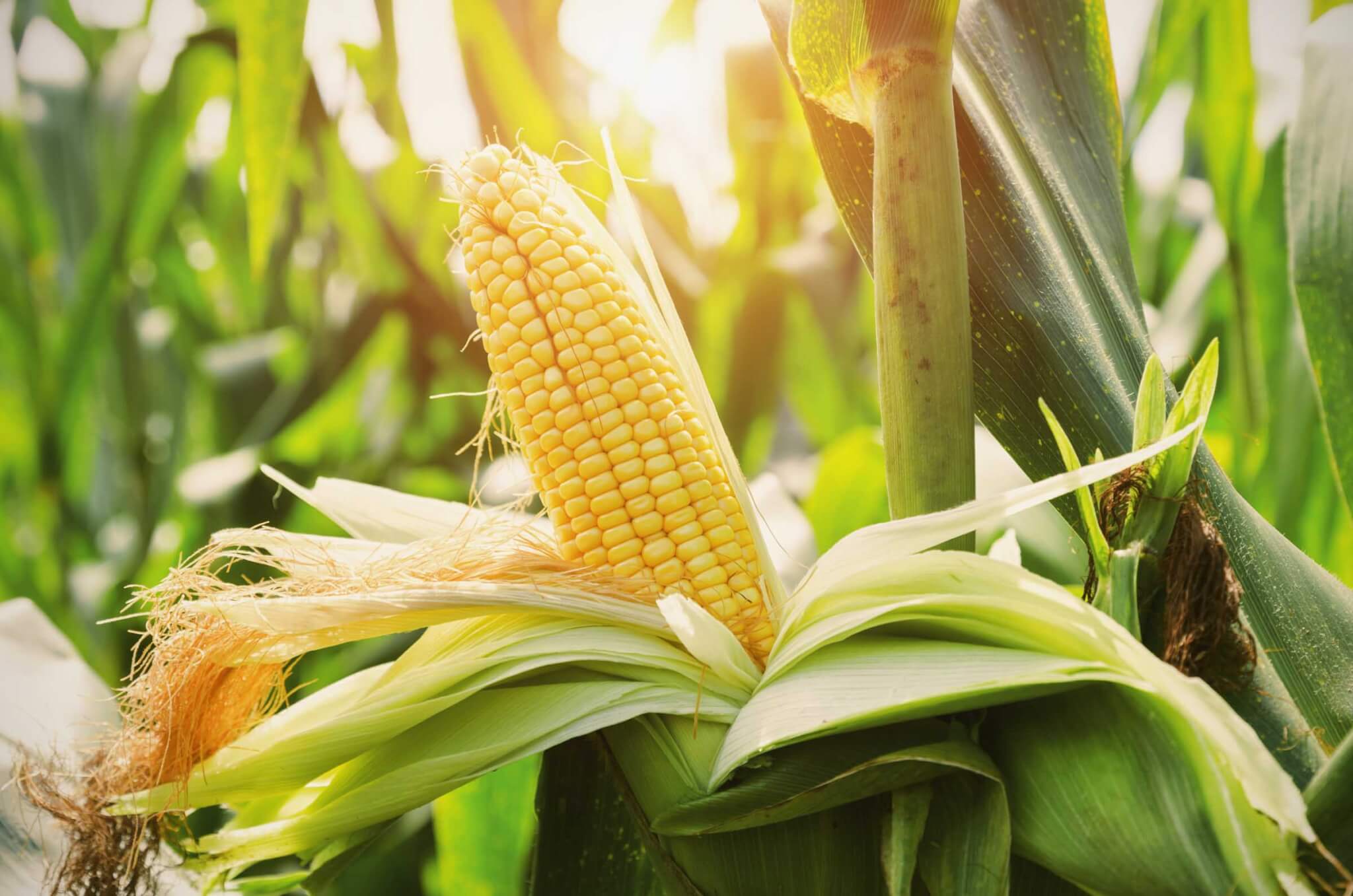
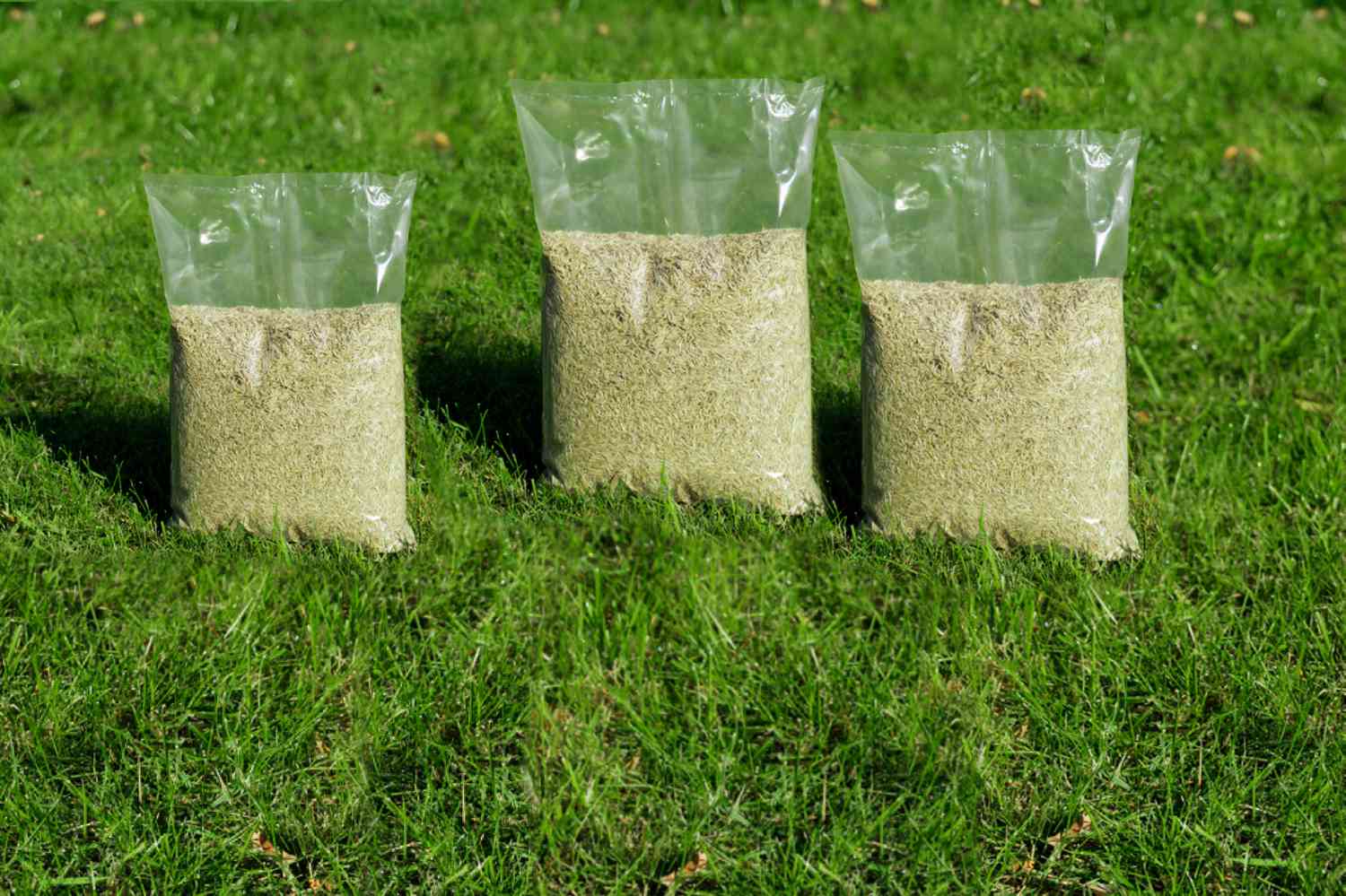

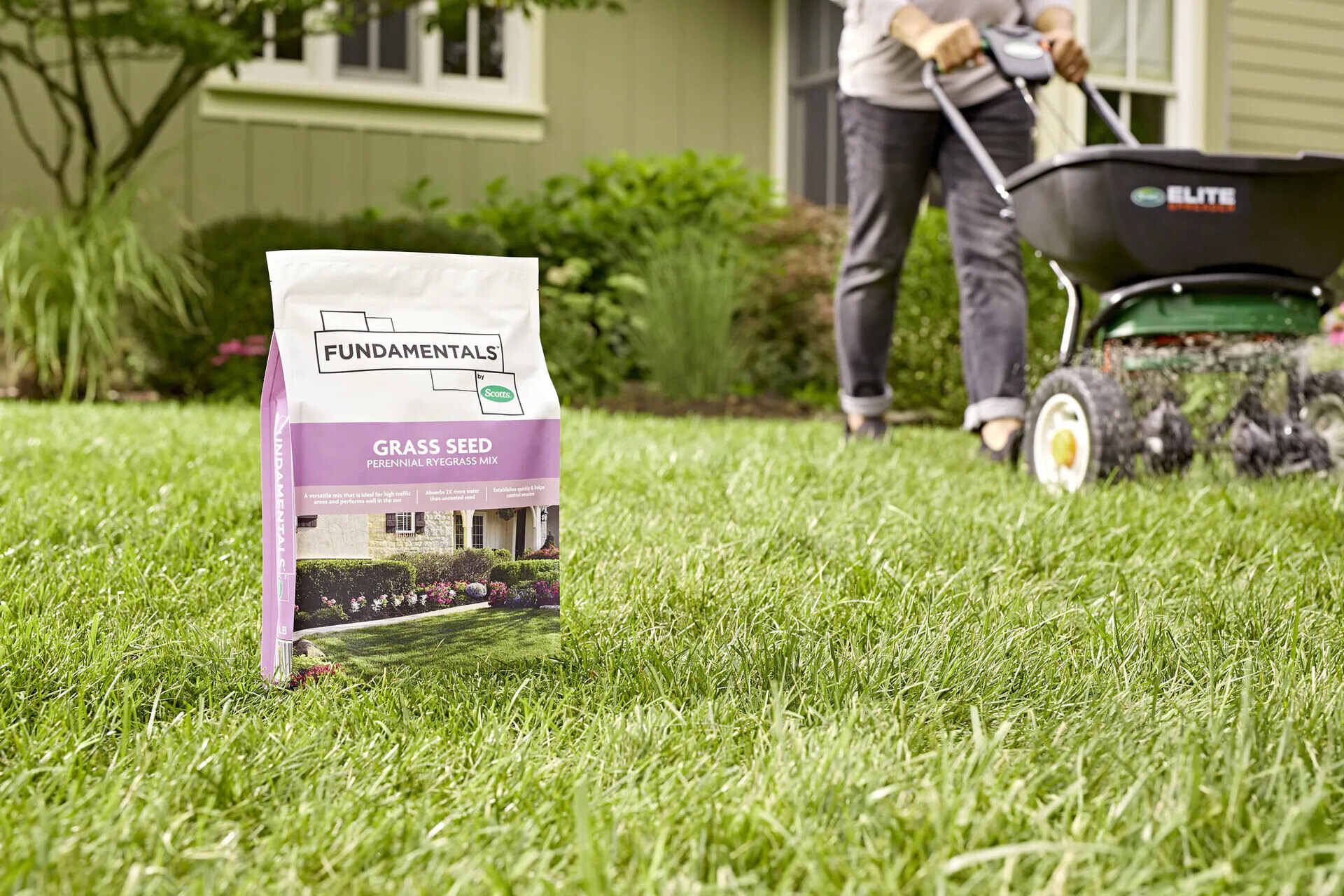
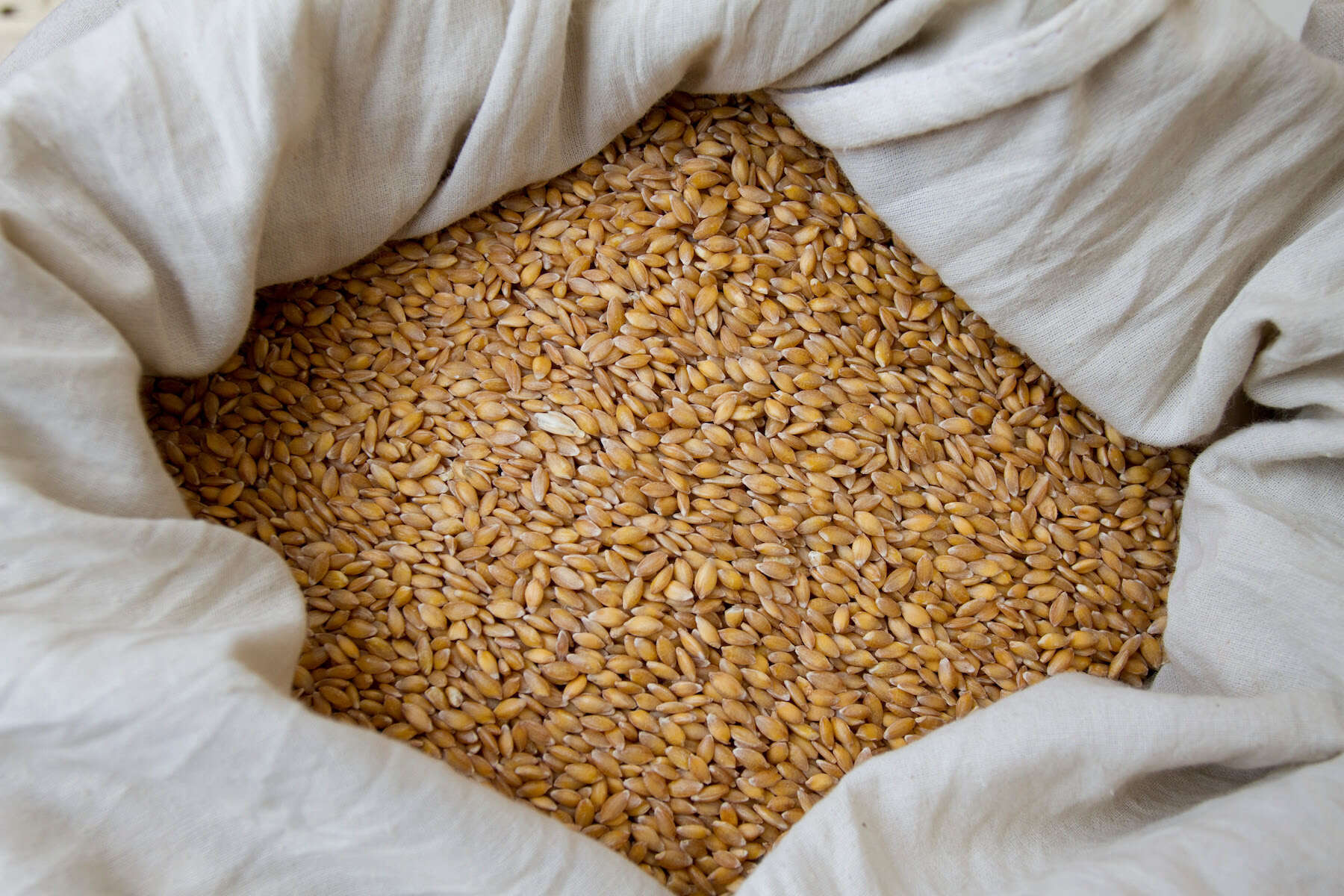
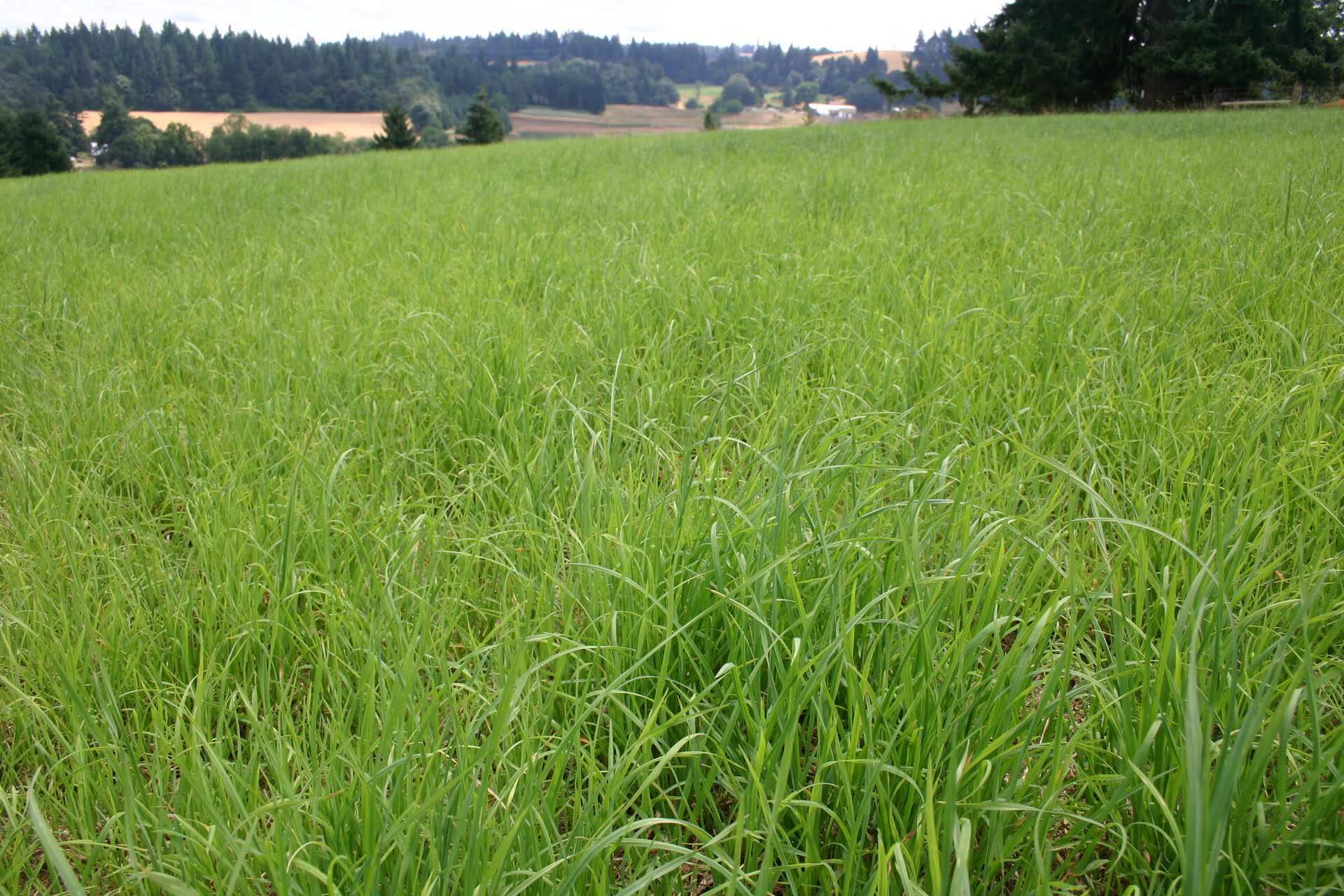
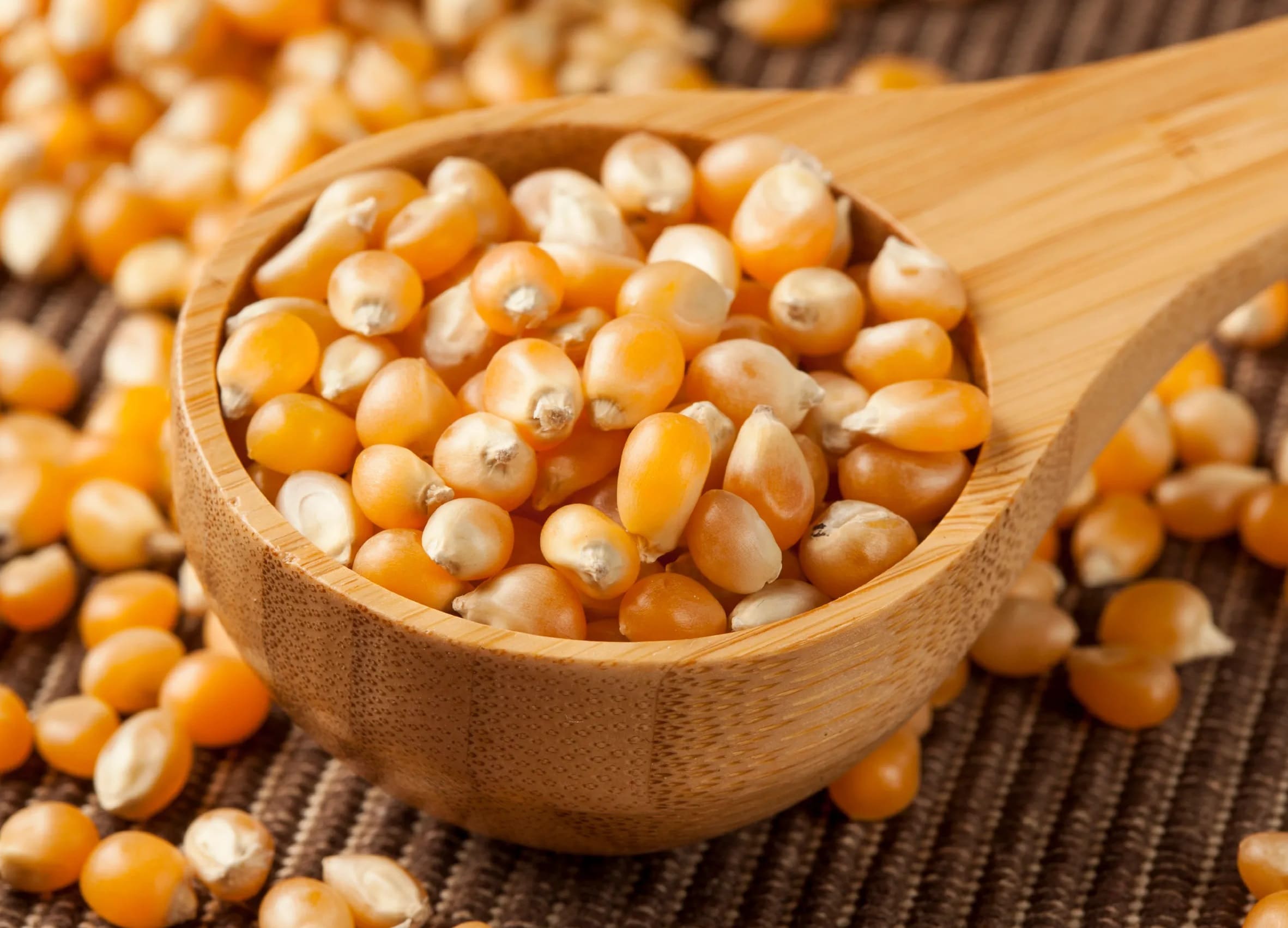
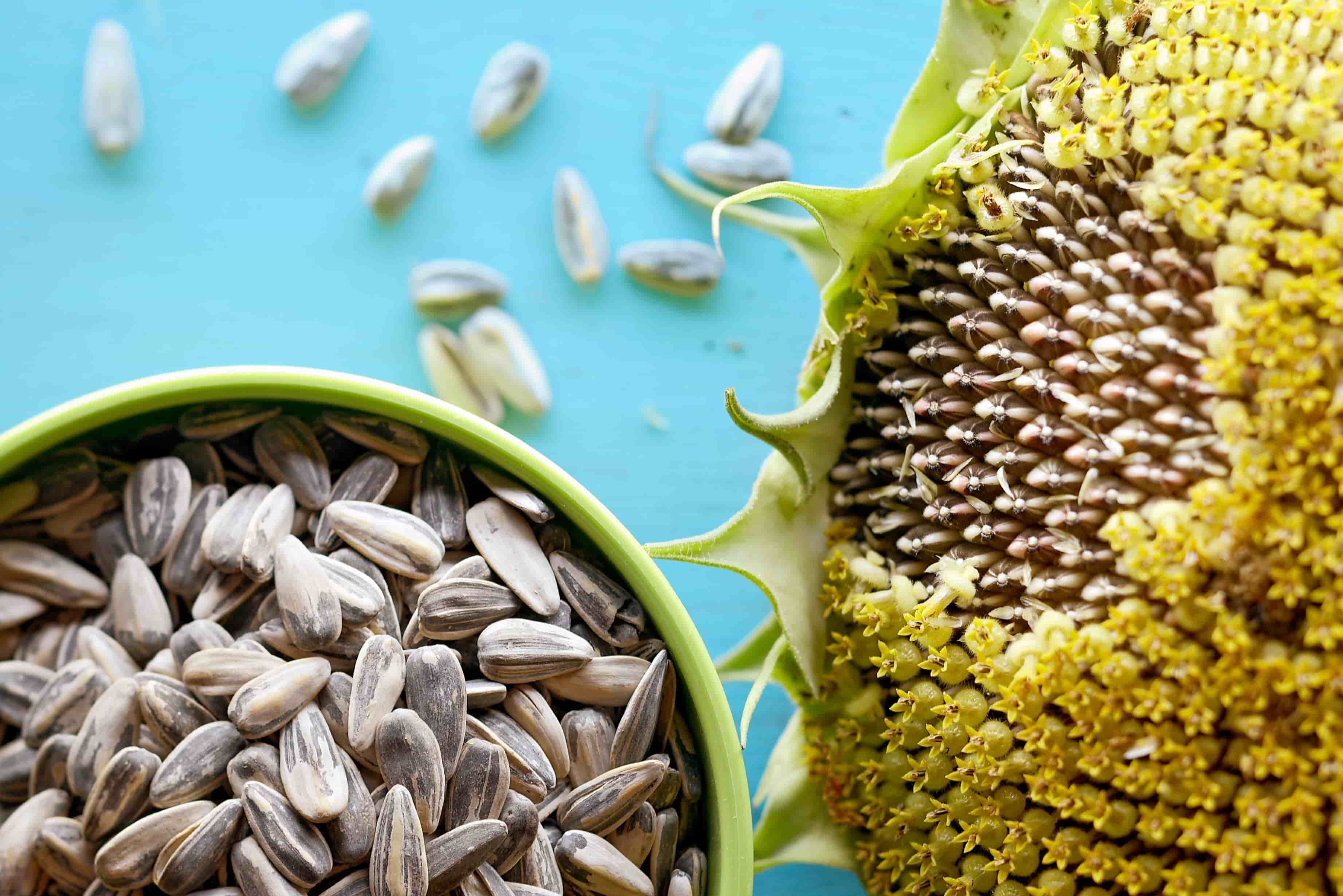

0 thoughts on “How Many Acres Does A Bag Of Seed Corn Plant”